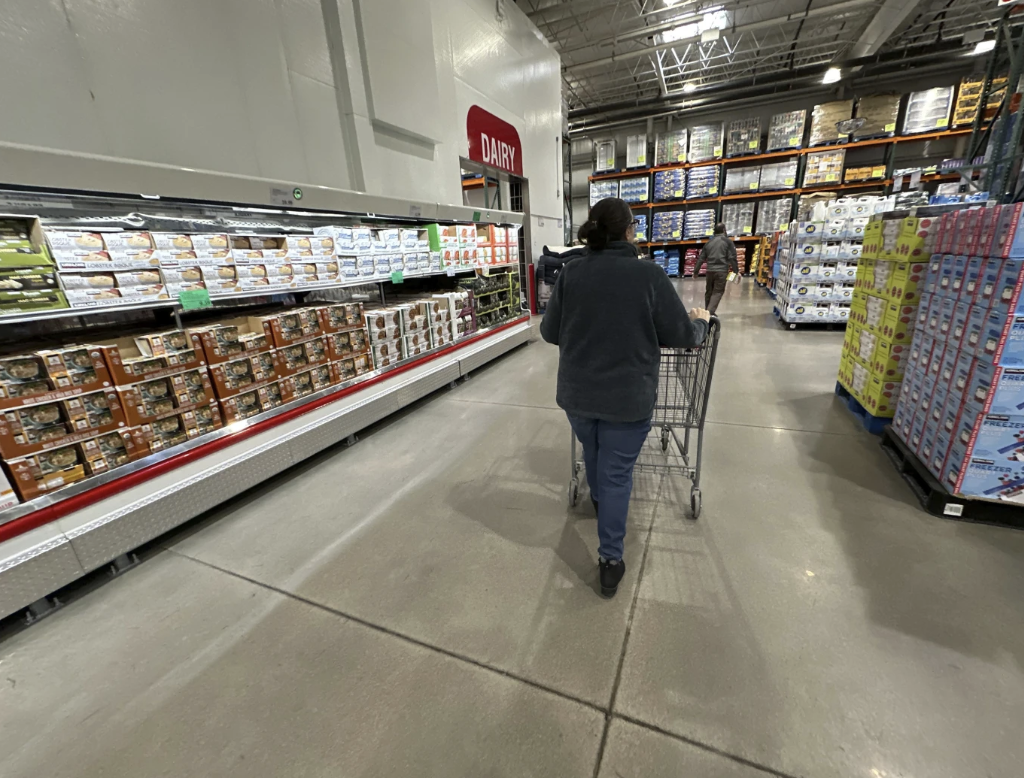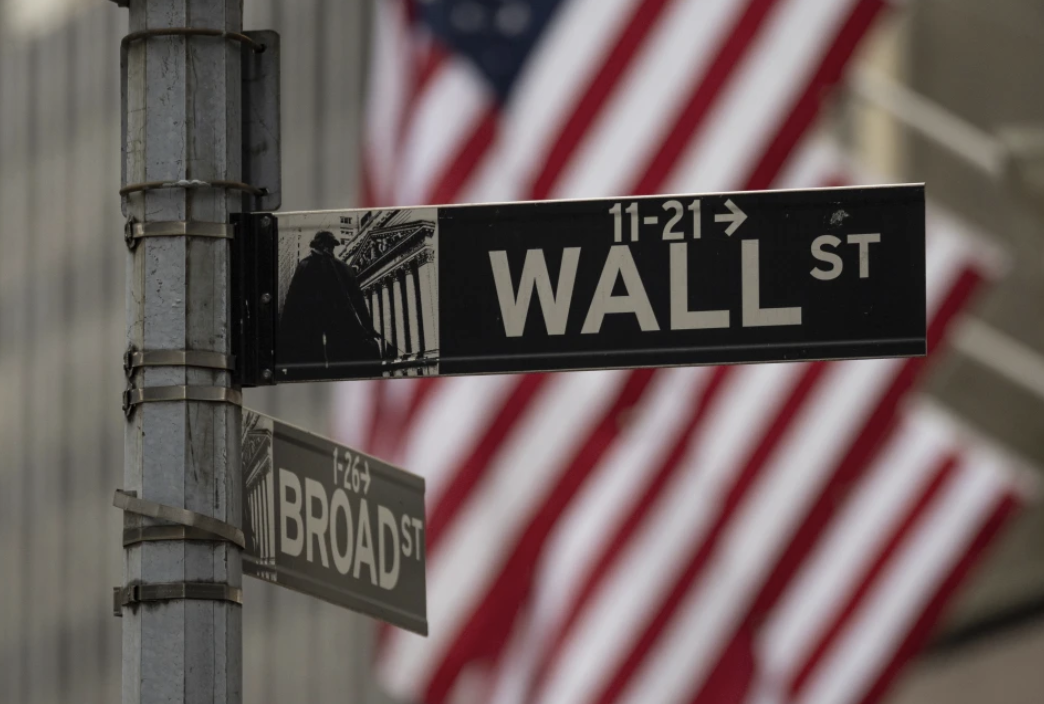Donald Trump’s “One Big Beautiful Bill” (OBBB), passed by the Senate in a nail-biting 51-49 vote on July 1, 2025, has sparked heated debates across the nation. This sweeping legislation, officially named the One Big Beautiful Bill Act, promises to reshape America’s tax system, social programs, and economic landscape. With provisions ranging from permanent tax cuts to controversial Medicaid reforms, the bill’s impact could ripple through households, businesses, and government budgets for decades. Using fresh data and analytics, we unpack the bill’s promises, pitfalls, and potential economic fallout, offering a clear-eyed look at what’s at stake.
Tax Cuts Galore: Who Wins Big
The OBBB makes permanent the tax cuts from Trump’s 2017 Tax Cuts and Jobs Act, which slashed income tax rates and boosted deductions. According to the Congressional Budget Office (CBO), these cuts will increase after-tax incomes for the top 10% of households by 2.8% annually from 2026 to 2034, while the bottom 10% see a modest 0.4% bump. The bill also raises the standard deduction by $1,200 for individuals, $1,800 for heads of households, and $2,400 for married couples through 2028. The Tax Foundation estimates this will save the average family of four $3,200 annually. However, 62% of the tax benefits flow to households earning over $200,000, raising questions about fairness. The top 1% gain $48,000 per year on average, compared to $900 for the bottom quintile.
Deficit Danger: The $4 Trillion Question
The bill’s tax cuts come with a hefty price tag. The CBO projects the OBBB will add $4.2 trillion to the federal deficit over the next decade, including $1.1 trillion in interest costs. This assumes tariff revenues, projected at $2.8 trillion, partially offset the losses. Without these, the deficit could balloon to $5.5 trillion. The national debt is expected to increase by 28% by 2035. Critics, including 74% of economists surveyed by the National Association for Business Economics, warn this could spike inflation and interest rates, with 10-year Treasury yields potentially hitting 5.2% by 2027. The bill’s reliance on tariffs, which could raise consumer prices by 3.1%, adds another layer of risk.
Medicaid Makeover: A Risky Bet
One of the bill’s most contentious moves is its overhaul of Medicaid. The OBBB introduces work requirements, mandating 80 hours per month of work, training, or volunteering for eligibility. The Urban Institute estimates this could disenroll 9.3 million people by 2030, with 42% of those affected being working adults facing administrative hurdles. Medicaid coverage is projected to drop by 15% by 2028. The bill also cuts provider taxes, saving $120 billion but risking hospital funding. Supporters argue this promotes self-reliance, but opponents, including 68% of healthcare providers in a Kaiser Family Foundation poll, say it threatens care for the vulnerable.
Economic Boost or Bust: Short-Term Gains, Long-Term Pains
Proponents, including the American Bankers Association, claim the OBBB will juice the economy. The Council of Economic Advisors projects a 4.8% GDP boost by 2027, driven by extended business deductions and manufacturing incentives. Small businesses are expected to see a 6.2% profit increase due to the expanded Section 199A deduction. However, the Tax Foundation warns long-term GDP gains may fizzle to 0.9% by 2034 as deficit-driven interest rates climb. The bill’s short-term stimulus could also overheat the economy, with Goldman Sachs predicting a 2.4% inflation spike in 2026.
Wealth Gap Widens: The Regressive Reality
The OBBB’s tax structure tilts heavily toward high earners. The New York Times reports it’s the most regressive major bill in 40 years, with the top 0.1% gaining 3.5% in after-tax income, while the poorest 10% lose 4.1% due to reduced social benefits. Income inequality is projected to increase by 22% by 2030. The bill’s cuts to food stamps, affecting 7.8 million households, and student loan relief, impacting 14 million borrowers, hit low-income groups hardest. Meanwhile, corporate tax breaks, like full expensing, save large firms $180 billion annually. The Gini coefficient, a measure of inequality, could rise from 0.41 to 0.46 by 2035.
Tariff Tangle: A Double-Edged Sword
To fund its tax cuts, the OBBB leans on tariffs, projecting $2.9 trillion in revenue from 2026 to 2034. Tariffs on imports, particularly from China, could raise $1.4 trillion but increase consumer goods prices by 4.7%. The Peterson Institute estimates this could cost the average household $2,600 annually. Small businesses, reliant on imported materials, face a 5.8% cost hike, per the National Federation of Independent Businesses. While tariffs aim to boost domestic manufacturing, only 12% of revenue will fund new factory incentives, with the rest offsetting tax cuts. This mismatch could strain supply chains, with 63% of retailers planning price increases.
Political Powder Keg: Election Fallout
The OBBB’s passage, just months before the 2026 midterms, is a gamble for Republicans. A Washington Post-ABC News poll shows 53% of voters disapprove of the bill, with 61% citing concerns about healthcare cuts. GOP approval among independents has dropped by 14 points. Democrats are already campaigning on the bill’s regressive impacts, with Axios reporting plans to target 22 House seats. However, 58% of small business owners, a key Republican base, support the bill, per a Chamber of Commerce survey. Urban voters are 2.3 times more likely to oppose the bill than rural ones.
Global Ripple Effects: America’s Economic Shadow
The OBBB’s fiscal loosening could reverberate globally. The International Monetary Fund warns it may strengthen the U.S. dollar by 8%, hurting emerging markets. Exports from developing nations are projected to drop by 3.2% due to higher tariffs. Meanwhile, U.S. bond yields could draw $1.2 trillion in foreign investment, tightening global liquidity. The bill’s defense spending, up 11% to $950 billion, also signals a muscular foreign policy, potentially escalating trade tensions. Critics argue this could isolate the U.S. economically, with 47% of G20 nations planning retaliatory tariffs.
The Road Ahead: Uncertainty Looms
The OBBB is a bold bet on tax cuts and deregulation, but its success hinges on shaky assumptions. Will tariffs deliver promised revenues without crushing consumers? Can GDP growth outpace deficit costs? With 64% of Americans worried about rising debt, per a Pew Research poll, the bill’s legacy is uncertain. The analysis reveals a complex picture: short-term gains for some, long-term risks for all. As the House debates final approval, the nation watches, weighing prosperity against stability.

